800 554 7016
M-F 8-6, Sat 9-3, Sun 10-2 CT or speak to your travel advisor
Photos
A Penguin Lover's Guide to Antarctica
Penguin lovers on a luxury Antarctica cruise are in for a treat as they voyage across the Southern Ocean, where you find the world’s greatest variety of these distinctive seabirds. From the mighty emperor to the diminutive rockhopper, get familiar with the distinctive features and behaviors that define Antarctica’s most captivating penguin species.
-

-

-

-

-

-

-

-
Explore Luxury Expedition Cruises to Antarctica with A&K
View Cruises









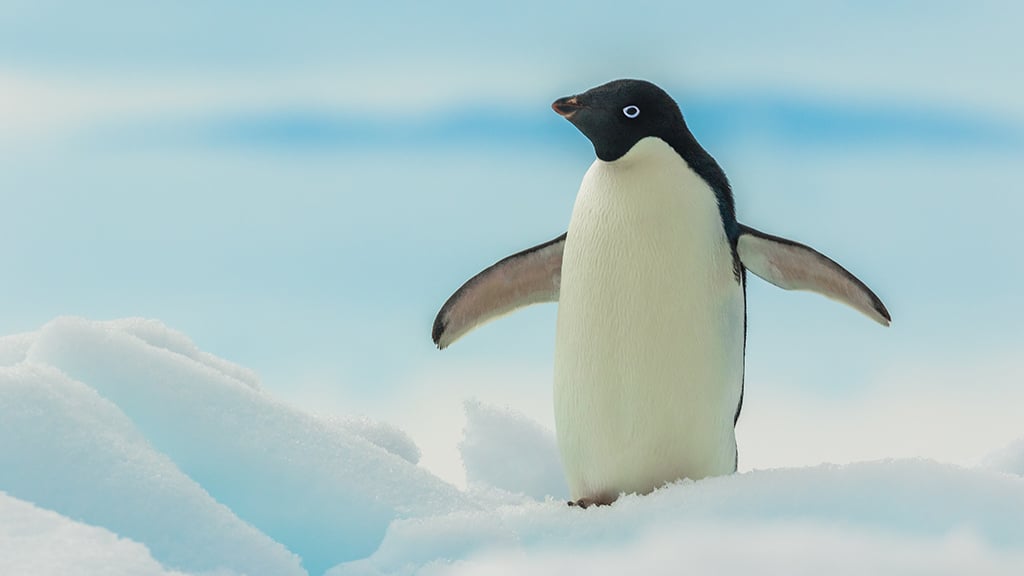

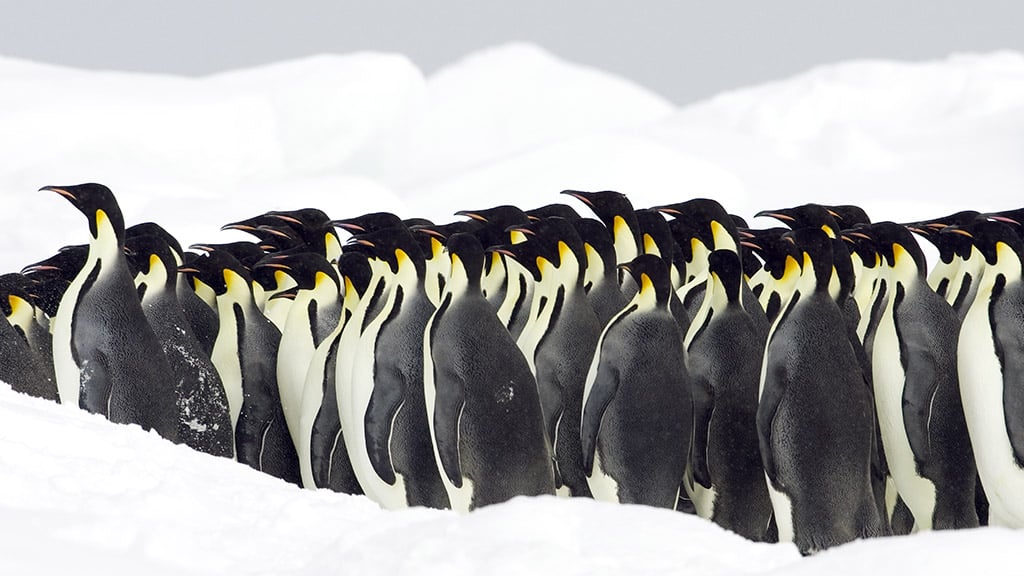
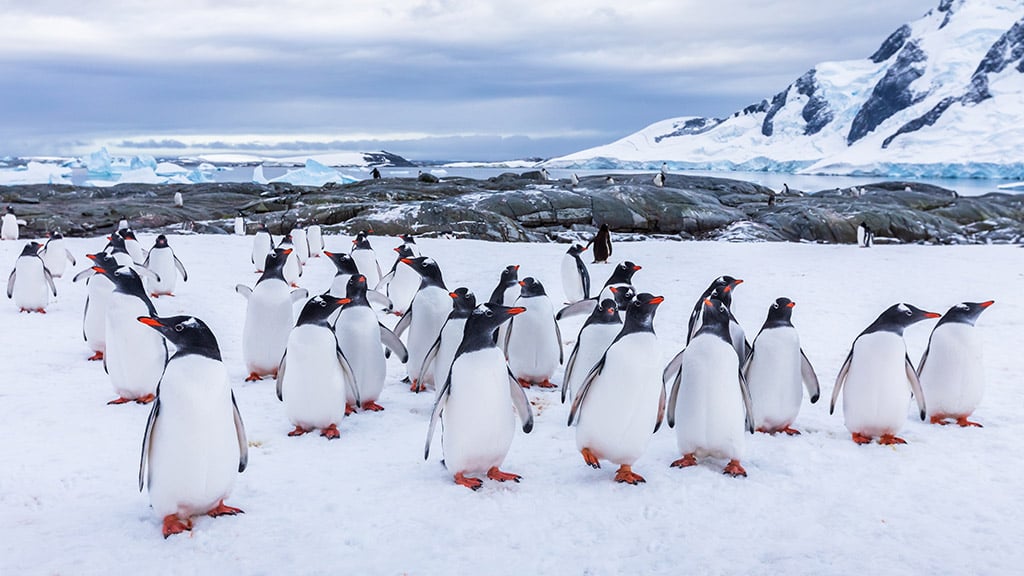

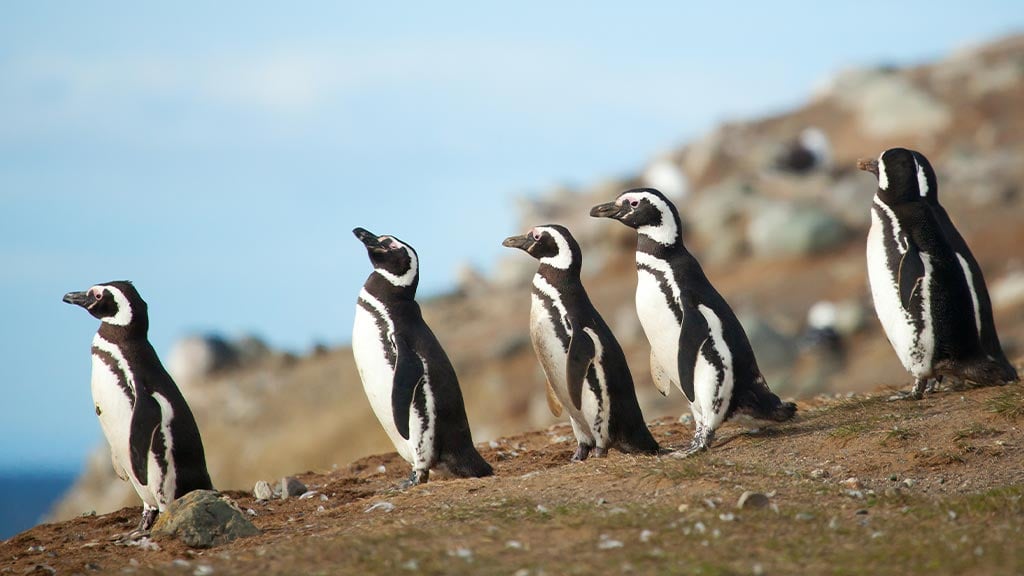
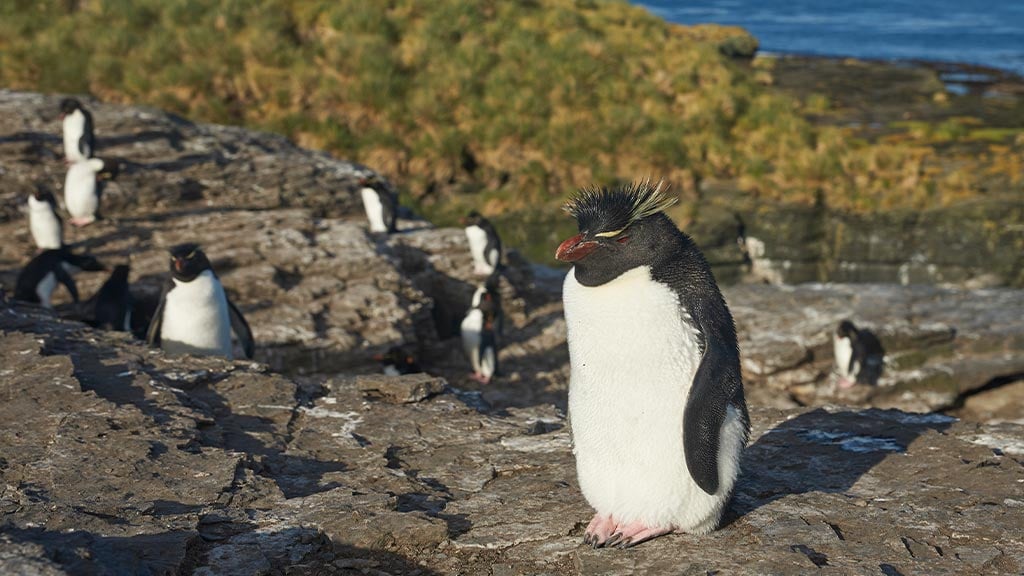

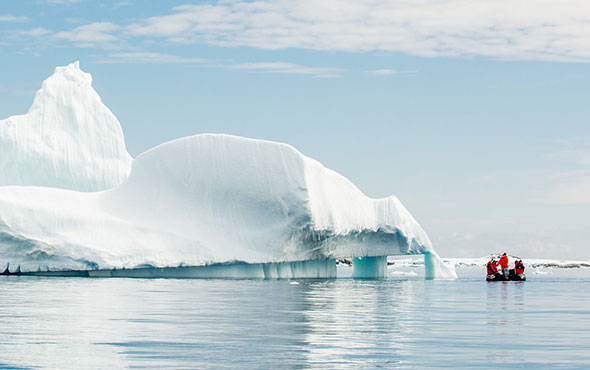
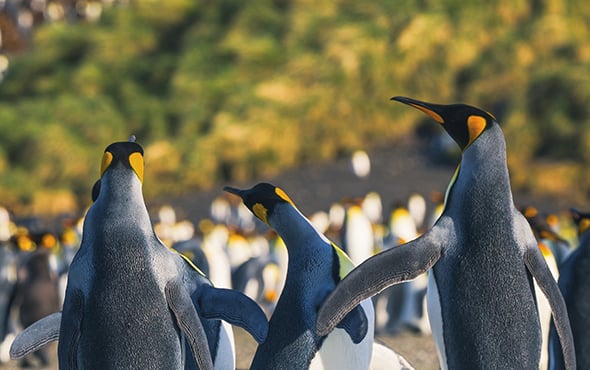
 The Americas
The Americas
 Europe, Middle East and Africa
Europe, Middle East and Africa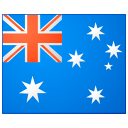 Australia, NZ and Asia
Australia, NZ and Asia